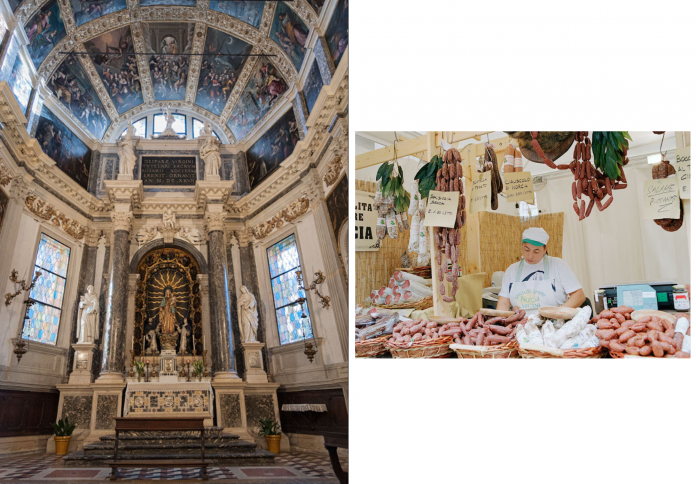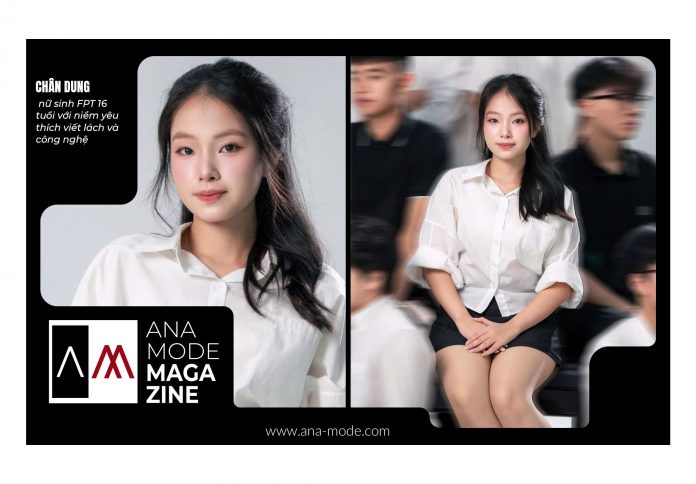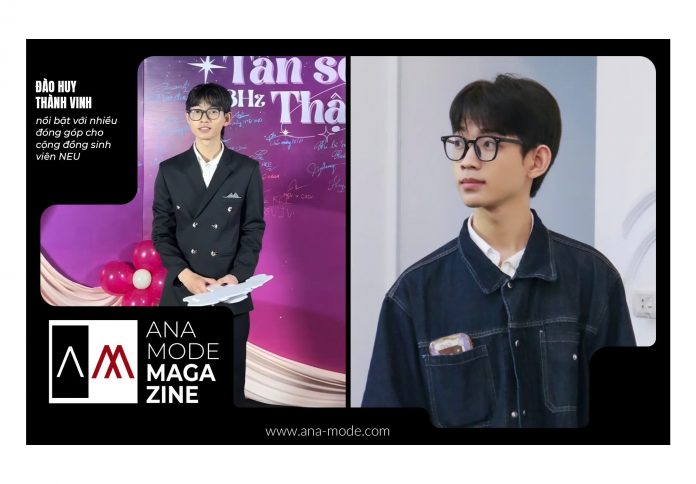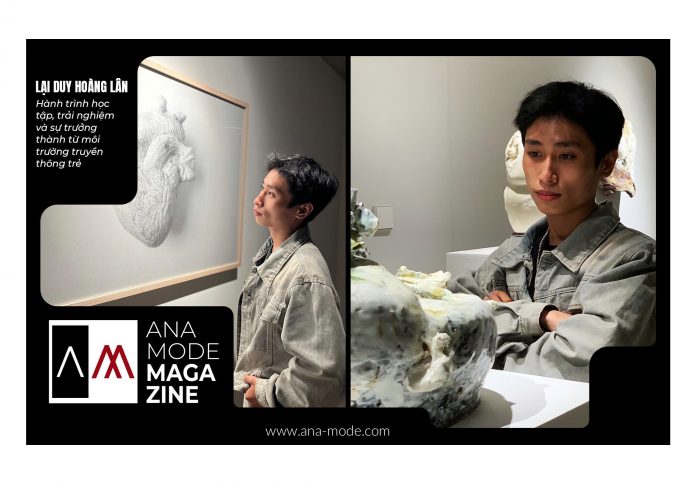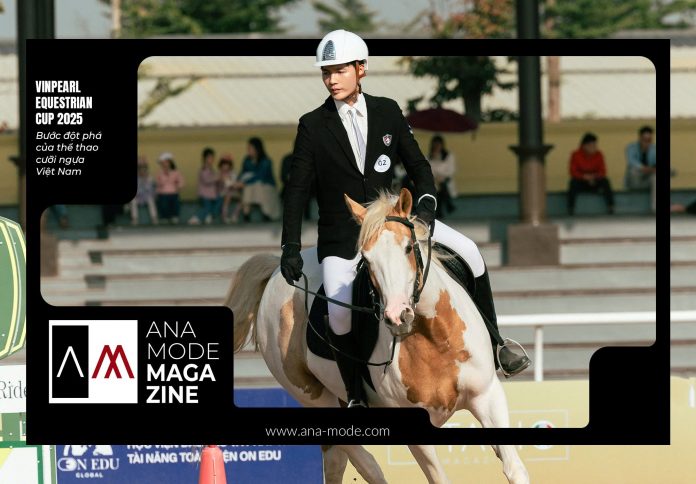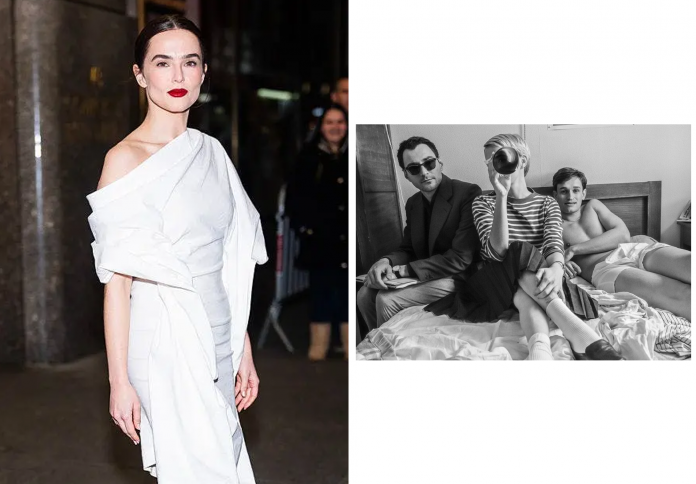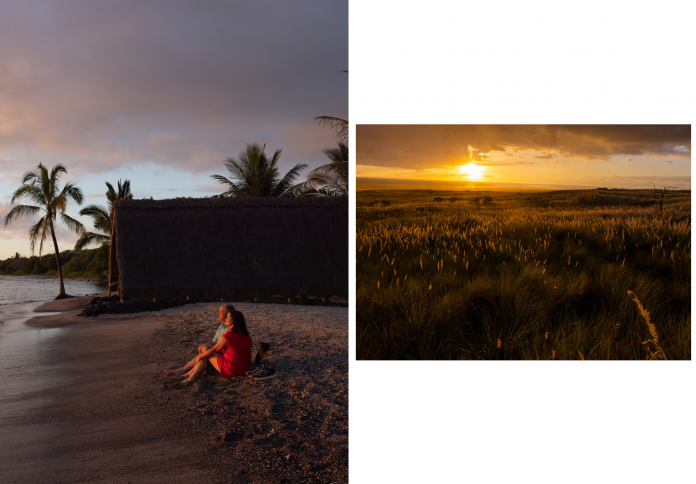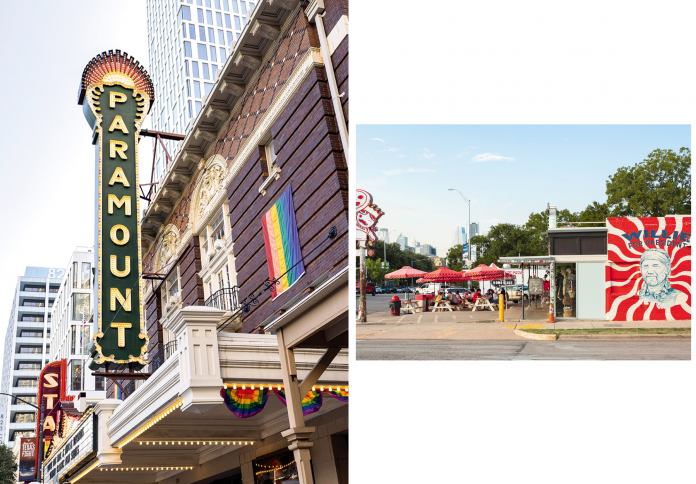Often overlooked for its flashier neighbors, Vicenza remains a quietly opulent gem in Italy’s Veneto region — a city that harmonizes Renaissance grandeur, slow travel, and artisanal excellence. With the spirit of Palladio echoing in its colonnades and the scent of golden-hued grappa in the air, Vicenza invites a different kind of journey: one of proportion, patience, and pleasure.
Palladio’s living legacy
Vicenza is a city shaped—literally and spiritually—by Andrea Palladio, the 16th-century architect who revolutionized Western architecture with his classical symmetry and humanist ideals. Unlike Rome’s imperial sprawl or Florence’s Medici bravado, Vicenza offers a quieter, more deliberate celebration of beauty: clean lines, rational order, and balance that feels almost meditative.
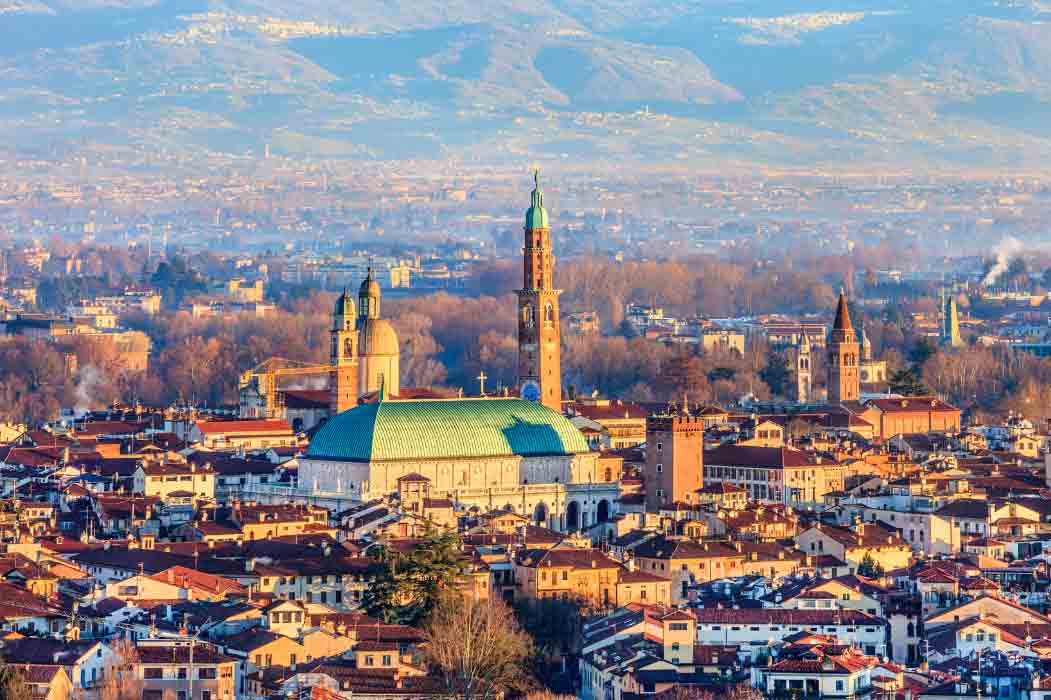
Walking through Vicenza’s centro storico is like inhabiting a Palladian sketchbook. The Basilica Palladiana commands the main square with its rhythm of white marble arches. The Teatro Olimpico, Europe’s first indoor theatre and one of Palladio’s final works, offers a surreal perspective stage that tricks the eye with a painted illusion of infinite depth. Nearby, villas like La Rotonda blend countryside serenity with architectural purity, where symmetrical porticos open onto vineyards and cypress-studded hills.

Palladio’s imprint doesn’t stop at the buildings. His ideals continue to inform the city’s soul—a commitment to proportion, harmony, and understated refinement that lingers in everything from the city’s boutiques to its cafes.
A slower, deeper rhythm
Vicenza isn’t a place to rush through; it’s a place to settle into. Unlike Venice or Verona, which vibrate with tourists, Vicenza’s streets hum with a gentle, local rhythm. Mornings begin with espresso at tiled counters, afternoons unfold in shady piazzas, and evenings are for slow strolls—the “passeggiata”—under frescoed balconies and ochre-washed facades.
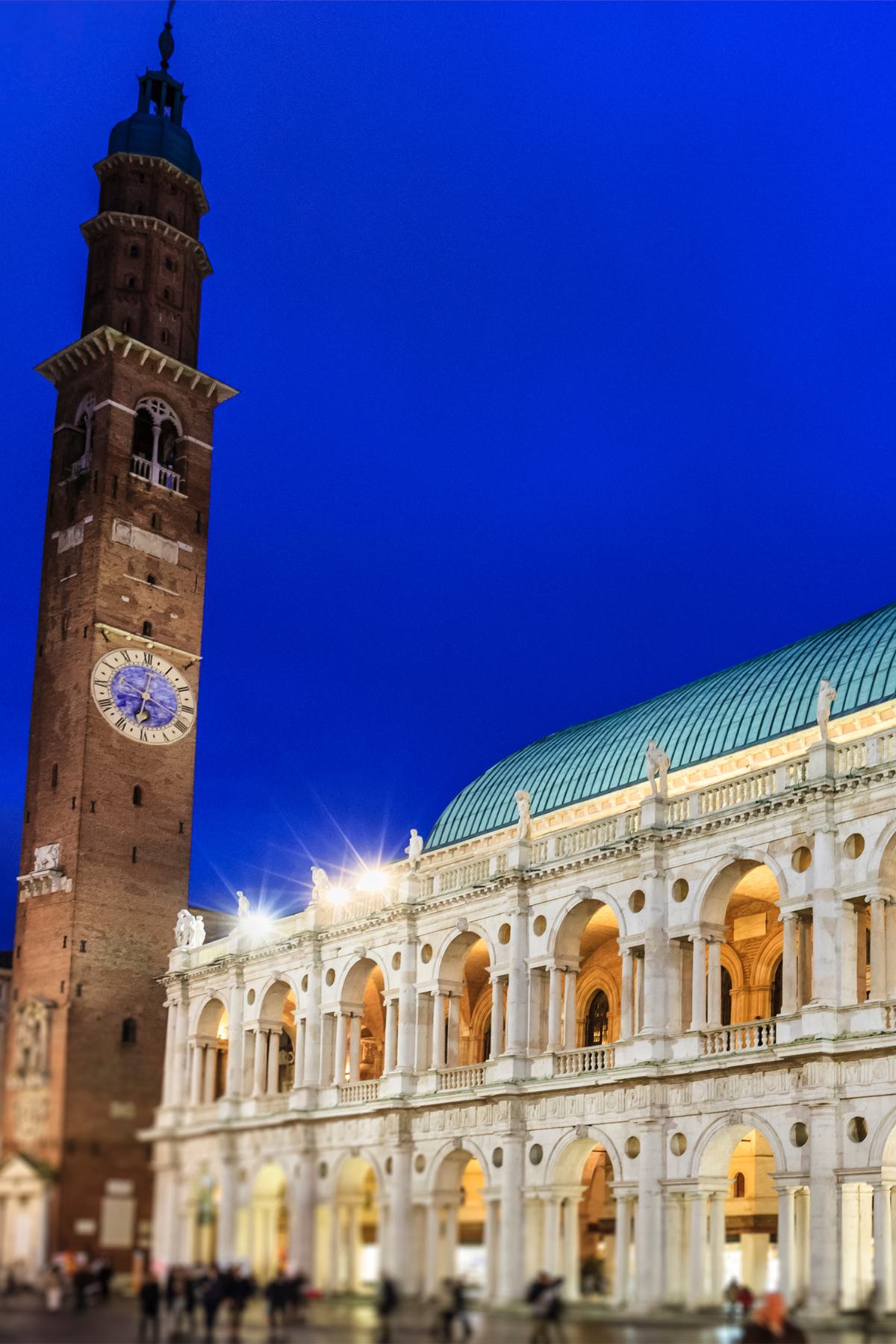
Markets brim with local ingredients: Asiago cheese from the nearby Alps, speckled radicchio, and jewel-toned grappa from Bassano del Grappa. Many trattorias still follow nonna’s recipes: bigoli with duck ragù, baccalà alla vicentina (salt cod stewed in milk), or risotto laced with white asparagus.
But even amid the calm, Vicenza surprises with moments of modernity. At cocktail bars like Il Ceppo or inside design-forward concept stores, local traditions are reinterpreted with wit and edge. You’ll find a kind of quiet rebellion here—an insistence that elegance need not shout to be heard.
Artisanal roots and goldsmith pride
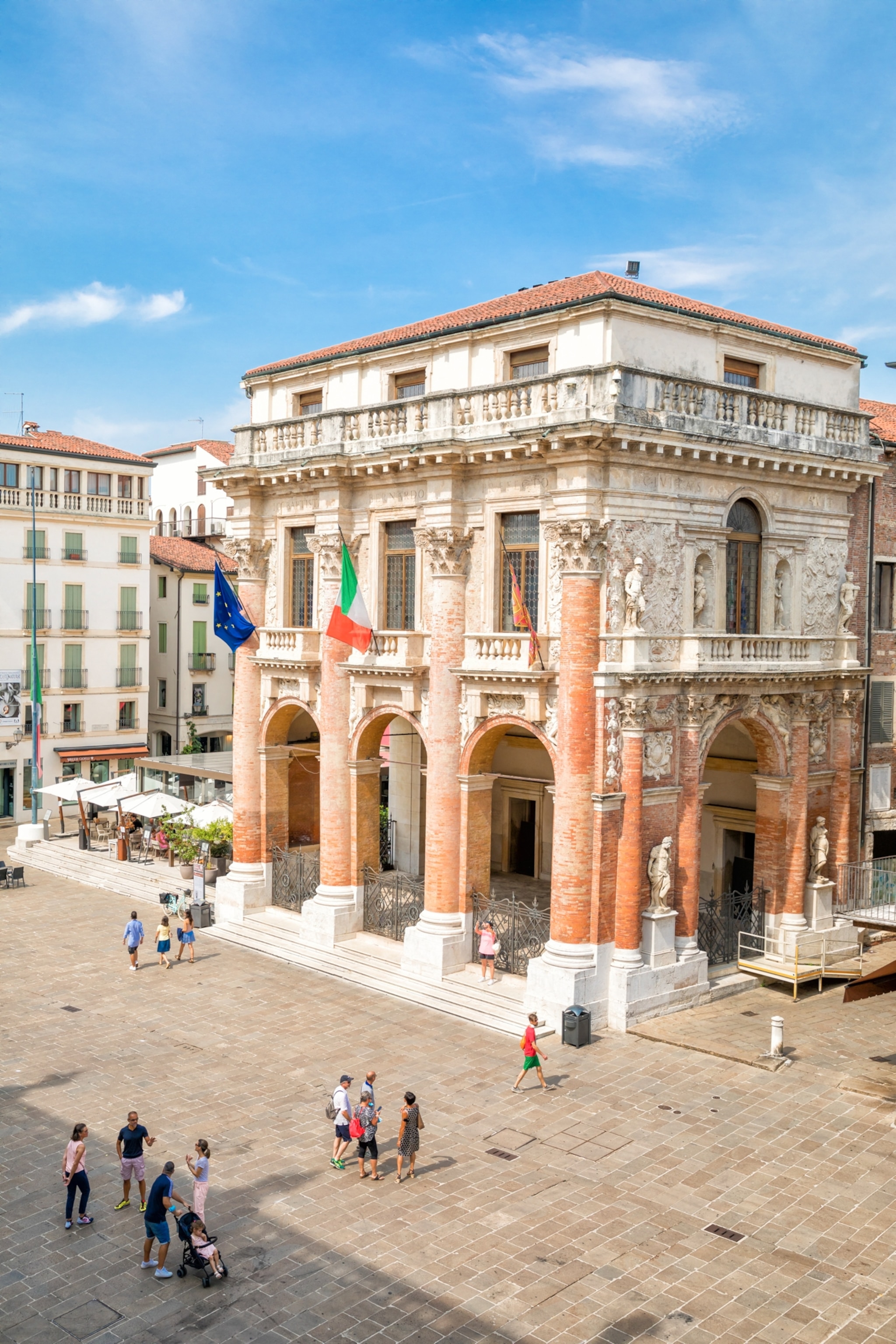
Long before Milan became Italy’s design capital, Vicenza was forging its own artisanal legacy. Goldsmithing is in the city’s blood: more than a third of Italy’s gold jewelry is produced in Vicenza and its surroundings, a tradition dating back to the Renaissance.
Today, that heritage lives on in family-run workshops and avant-garde jewelry studios alike. The Museo del Gioiello, nestled inside the Basilica Palladiana, is a testament to this enduring craft—celebrating both traditional filigree and contemporary experimentation.
Beyond gold, the city embraces material mastery in all forms. Ceramicists, textile artists, and leatherworkers continue to thrive here, creating goods that feel both grounded and rarefied. Whether browsing silk scarves in botteghe storiche or sipping amarone in an enoteca tucked into a centuries-old stable, you’re never far from the tactile, the storied, the slow.
A gateway into Veneto’s deeper folds
Vicenza may be compact, but it acts as a launchpad for deeper adventures into the Veneto. Just beyond its walls lie Palladian villas sprawled across rolling hills, many of which can be visited by bike. Nearby Marostica enchants with its chessboard piazza, while Bassano del Grappa combines Alpine clarity with riverine charm.

Even Venice and Verona are only a train ride away, yet returning to Vicenza always feels like stepping off the stage and back into the wings—into a place where grandeur is not performed, but lived.
And this might be Vicenza’s quietest brilliance: it doesn’t demand attention. Instead, it rewards it. The more time you give the city, the more it unfurls. Not with spectacle, but with subtlety. Not with noise, but with nuance. In Vicenza, beauty whispers. And if you’re willing to listen, it stays with you long after you leave.
